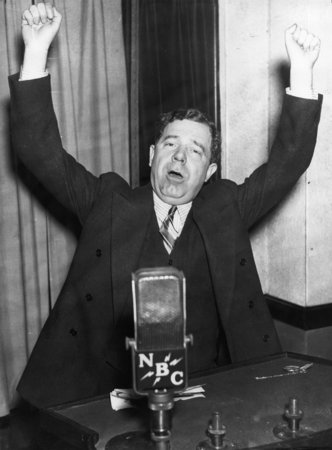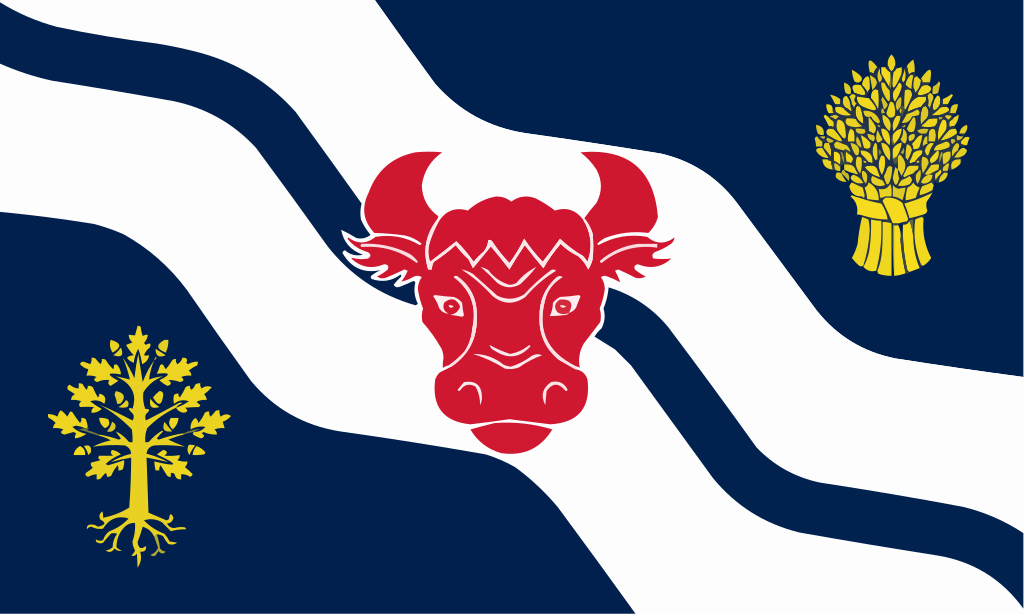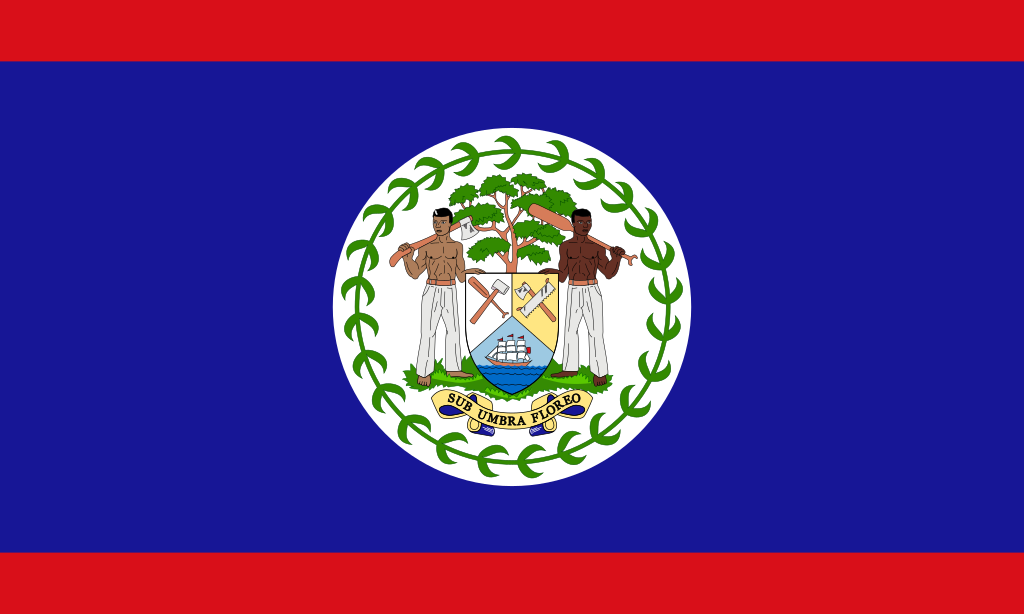You are using an out of date browser. It may not display this or other websites correctly.
You should upgrade or use an alternative browser.
You should upgrade or use an alternative browser.
"What Madness Is This?" Volume I: The Union Forever
- Thread starter Napoleon53
- Start date
Threadmarks
View all 142 threadmarks
Reader mode
Reader mode
Recent threadmarks
THE 2019 MADNESSVERSE HOLIDAY SPECIAL: "IT'S PATRIOT-SAINTS DAY, ZAP ZEPHYR!" THE BIGGEST HOSTAGE OF ALL "THE WHOLE WORLD HEARS YOU!" OSWALD: AUTHOR OF HIS OWN DESTINY THE GREAT EUROPEAN SCHISM: RISE OF THE NEW HOLY ROMAN EMPIRE IN A "SAFE" PLACE THE SUMMER OF '37: THE OLD HOMESTEAD ROUNDERS: THE WORLD SPORTWhy not both? Just change the state name and maybe use two different colors. It'd be a nice twist on the trend in state flags OTL where a lot of them are blue with different state seals, here the seals would be essentially identical but the colors would be different.And finally, the flag of either Arnold or Burrland based on Washington state's:

Schnozzberry
Gone Fishin'

Ok, this has to be used at some point
Is that Nixon guiding refugees to Hungary?
Is that Nixon guiding refugees to Hungary?
More like guiding them out of Hungary
Schnozzberry
Gone Fishin'
More like guiding them out of Hungary
It looks off because he's pointing towards Hungary. I do love it though, these type of political paintings are some of my favorite because of how silly they tend to be. I would imagine they would be everywhere in WMIT.
For real wanting to post a new chapter tonight. Been ridiculously busy lately!
However, expect to see something about the Redemption Legion soon, and it's most famous reformed gangster:
The Kingfish.
However, expect to see something about the Redemption Legion soon, and it's most famous reformed gangster:
The Kingfish.
is Nixon in this timeline?For real wanting to post a new chapter tonight. Been ridiculously busy lately!
However, expect to see something about the Redemption Legion soon, and it's most famous reformed gangster:
The Kingfish.
For real wanting to post a new chapter tonight. Been ridiculously busy lately!
However, expect to see something about the Redemption Legion soon, and it's most famous reformed gangster:
The Kingfish.

is Nixon in this timeline?
He is. He was a big character in 1.0 under President Oswald. But at the time of the story here in Redux (1914), he's only barely a year old at this point. We probably won't be hearing about Nixon until the mid to late 1940s, or if a 2nd Great War happens earlier, maybe Nixon will get a mention.
For real wanting to post a new chapter tonight. Been ridiculously busy lately!
However, expect to see something about the Redemption Legion soon, and it's most famous reformed gangster:
The Kingfish.
There's a hundred thousand Frenchmen in New Antioch
In New Antioch there are Frenchmen everywhere
But your house could fall down
Your baby could drown
Wouldn't none of those Frenchmen care
Everybody gather 'round
Loosen up your suspenders
Hunker down on the ground
I'm a cracker
And you are too
But don't I take good care of you
CHAPTER 68
CHAPTER 68
THE RELIEF OF JERUSALEM

Black African troops are inspected by cuirassiers in northern Egypt, 1914
THE RELIEF OF JERUSALEM
Black African troops are inspected by cuirassiers in northern Egypt, 1914
As the dust began to settle in Europe, the Middle East, Africa, and Britain remained at war. In the Holy Land, the Knights of Jerusalem and what remained of the embattled Europan colonial army continued to fight on to the death. Chevalier Cyrille Coste, Grandmaster of the Knights of Jerusalem, was steadfast in his belief that God would provide for his men. Even in the darkest days of 1913, following the signing of the Tehran Pact between the revolutionary Islamic State of Egypt, Jabal Shammar (which had recently unified most of Arabia), Iraq, and Persia, Coste still told his men that defeat was not an option. Through their bravery, they Grand Realm of the Levant held out against all odds, retaking the Suez Canal in early January from Egyptian troops and once again securing the gateway to Imperial India. Despite the initial success and momentum against the Imperial colonial forces by the Muslim alliance, the truth was that the Tehran Pact was a delicate thing, with infighting breaking out almost immediately along ethnic and sectarian lines.
The Pact would finally crumble in February, 1914. Persian troops were shot by Iraqi forces after supposedly raping and pillaging their way across the country as they headed toward the frontlines of the Levant. Persia was furious about the incident and Ahmad Shah demanded the Iraqi Royal Government apologize for the deaths. When the Iraqi King Abdullah III received word of the Shah's demands, he had the entire Persian diplomatic team beheaded and declared a jihad on the Persians. Persian troops already in Iraq and on the frontlines were shocked when their Iraqi comrades began to mow them down from behind. Iraq and Persia were now at war.

Flag of the Kingdom of Iraq
Meanwhile, in Egypt, the flow of weapons and equipment from Persia was now cut off by Iraq. As Egyptian forces retreated from Suez and ran back to Cairo, many began to question Field Marshal Qadir, who had been absolute dictator of Egypt since his overthrow of the colonial government back in August of 1913. While before he had rallied the poor and zealous Muslims of Egypt to his cause, he was now being viewed as a madman by most thanks to his brutal and bloody public execution of any citizens who opposed his views. By the time the spring of 1914 arrived, Egypt was cut off and running low on everything it needed to sustain itself. Riots in the streets called for Qadir to step down and allow an elected parliament to draft a constitution, but Qadir responded by massacring his own people in the streets. Open civil war began, with the Qadirists facing off against both populist and Beutelist movements but also increasing inroads from Levant Imperial troops and some Egyptian citizens who welcomed the Imperials back with open arms.
When the Treaty of Bucharest was finally signed on May 1, 1914, bringing an end to most hostilities in mainland Europe and the various colonies in Africa, Europa could finally turn to rescuing the Knights of Jerusalem. African troops finally were able to focus on Egypt. Squeezing the Egyptian forces between the Levant and Libya, Napoleon was confident, and with good reason, that the Egyptian government's days were numbered. He would be proved correct when, in early June, Qadir fled Cairo with his loyalists and attempted to find passage into Arabia, ruled by the Kingdom of Jabal Shammar. Surprisingly, the Kingdom decided that the Tehran Pact was quickly becoming a disaster and arrested Qadir upon his arrival before turning him over to Europan authorities as a good-will gesture for peace. Jabal Shammar exited the war on June 20, the newly of-age King of Jabal Shammar, Saud bin Abdulaziz, announced his nation would be withdrawing from the Pact.
King Saud bin Abdulaziz of Jabal Shammar
Flag of the Kingdom of Jabal Shammar
The Egyptian government completely dissolved and Europan troops finally marched into Cairo. Now resupplied, the Europan Army made quick work of what few enemy forces remained in the region and sent the Persians packing. Iraq was devastated by the Persian invasion, something which it would not soon forget, but Persia decided to finally pull out, leaving King Abdullah to fight another day. The Persian attempt at restoring a Muslim caliphate had failed utterly, humiliating the Persian government and Shah on a grand scale. It was over. On July 20, 1914, the Tehran Pact was officially declared dissolved and Persia asked for terms with Europa. Morale in Europa, despite the loss of the Rheinbund and the North and South American colonies, still rallied in the face of this great news. At the Damascus Conference, Persia was forced to give up Oman and Yemen, which became a unified Europan satellite state dubbed the "United Arab Emirates," further strengthening Europan control of the Red Sea and the Gateway to India.
Europan troops reenter Cairo
Despite the overwhelming odds, Europa had held its own against the Tehran Pact, a shoddy alliance built on shaky ground that simply could stand up to the power of a recently rebounding Europa. Even rival powers such as Germania felt no love for the Pact, fearing a return of a caliphate and a united Middle East. Turkey, conspicuously neutral throughout the entire Great World War, had also rebuilt its military in the face of "Persian aggression" and a military junta ruled from Ankara, always fearful of a Persian attack. They were thankful when the Europans held the line and pushed them back. An interesting "what if" of the war was the oft-proposed idea that Turkey join the Allies, which could have seen an earlier fall of both the League and the Pact, but which was ultimately unnecessary for Europa to secure the final peace. It is very likely, however, that Turkish weapons and ammunition were smuggled into the Levant to help defeat the Pact.
All in all, the Middle Eastern Theatre of the war was not the largest or bloodiest, but was extremely influential in shaping the future of the Middle East. Not only had Egypt been retaken by Europa, Persia, formerly an ascendant power since the Russo-Persian War (1888 - 1890) had been gravely set back in its dreams of empire, losing not only prestige and men, but also its holdings on the Arabian Peninsula. And now, as the 1920s dawned, Jabbal Shammar increasingly would exert influence in war-torn Iraq. And even as the smell of gunpowder still hung in the air, the Kurdish tribes of Iraq began to call for independence. It was clear that, though the Great World War was over, more conflict was still on the horizon for the Middle East....
Last edited:
God bless Caesar and the Empire! Now we just have to take care of the British dogs, and then Europe will be at peace once again!
I can't wait how you'll twist the dream of a Free Kurdistan.Kurdish tribes of Iraq began to call for independence
I'm hoping for a weird Nationalist Eduist/Beutalists state myself that would be the Khmer Rouge to shame or even an out of place Fascist state.I can't wait how you'll twist the dream of a Free Kurdistan.
Threadmarks
View all 142 threadmarks
Reader mode
Reader mode
Recent threadmarks
THE 2019 MADNESSVERSE HOLIDAY SPECIAL: "IT'S PATRIOT-SAINTS DAY, ZAP ZEPHYR!" THE BIGGEST HOSTAGE OF ALL "THE WHOLE WORLD HEARS YOU!" OSWALD: AUTHOR OF HIS OWN DESTINY THE GREAT EUROPEAN SCHISM: RISE OF THE NEW HOLY ROMAN EMPIRE IN A "SAFE" PLACE THE SUMMER OF '37: THE OLD HOMESTEAD ROUNDERS: THE WORLD SPORT
Share:

